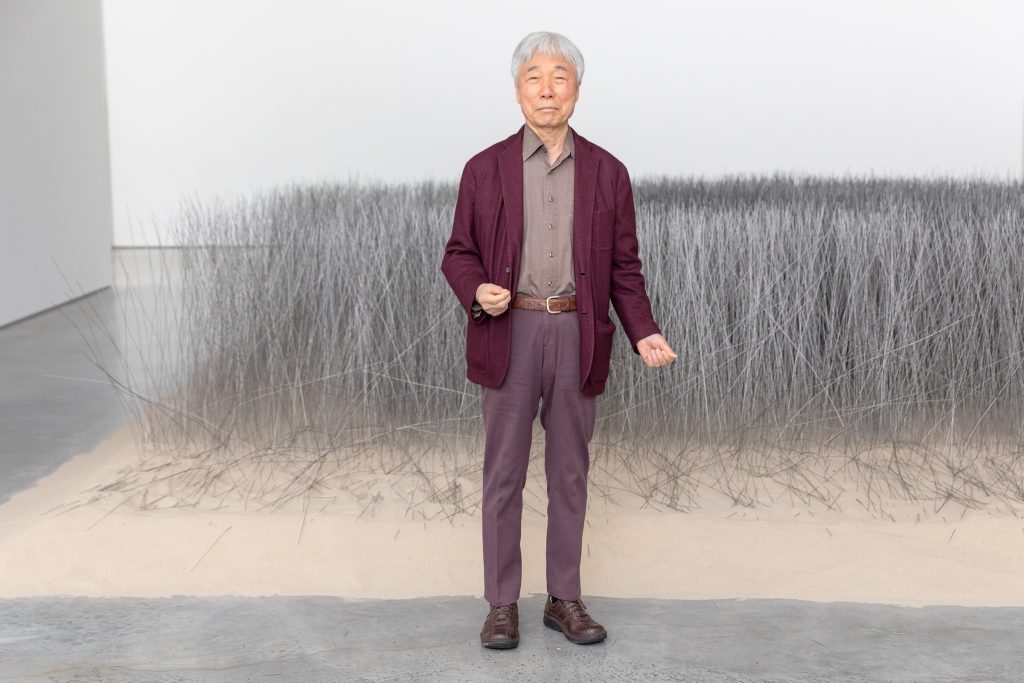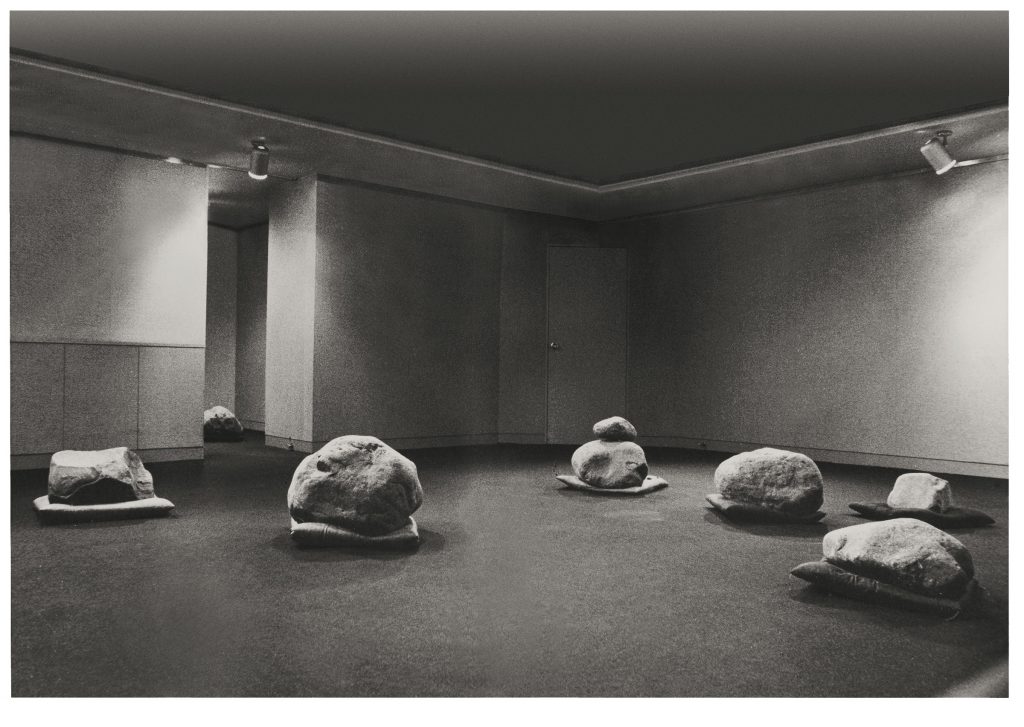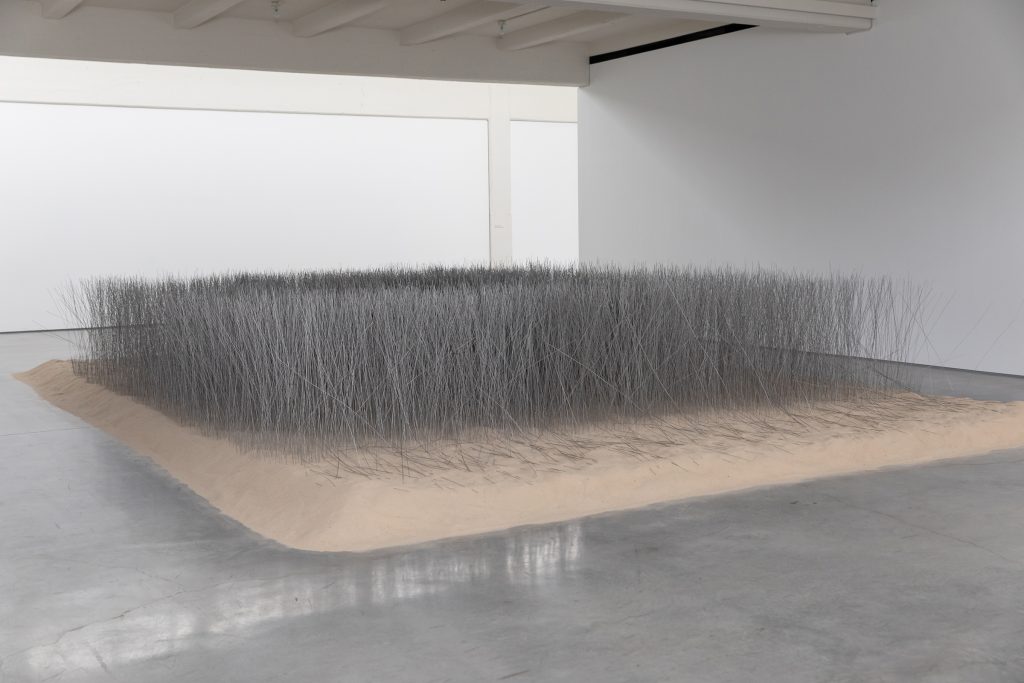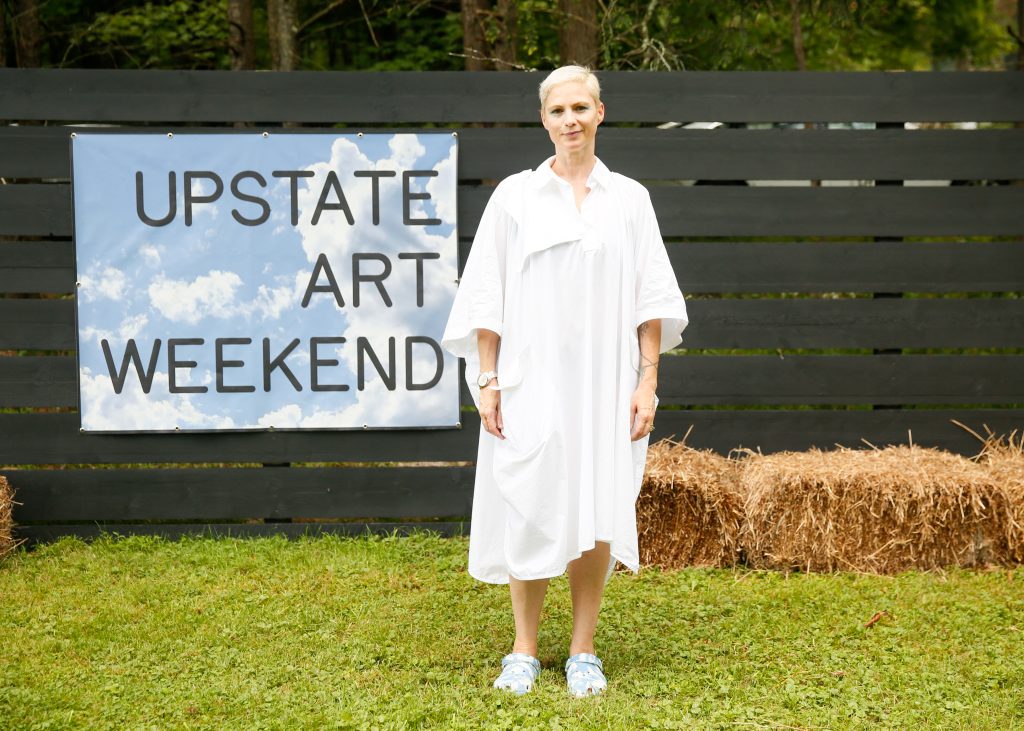Lee Ufan Installs 20,000 Steel Rods in Sand at Dia:Beacon
An exploration of the Mono-ha movement through the work of one of its pioneers

Unbound and spellbinding, “Relatum (Iron Field)” (1969/1994/2018) is one of five large-scale Lee Ufan works currently on display at Dia:Beacon. To see it—a sandy spill of a sculpture, pierced by 20,000 reed-like steel rods—means understanding the values of Ufan and the Mono-ha movement he pioneered. Active from 1968-74, the loosely affiliated Mono-ha artists set basic materials (manmade and natural) in opposition to one another, in order to derive order and chaos. The site-responsive ethos of the work aimed to show, as Ufan says, the world “as-it-is.”

Ufan was born in Korea, but maneuvered the Mono-ha art movement to life in Japan. Beyond sculpting and painting, he contributed to an ever-important body of philosophical writing about art. And when Mono-ha met adversity—the movement’s very name comes from critics who sought to minimize its integrity by calling it the “School of Things”—Ufan championed the necessity of the avant-garde.

© Artists Rights Society (ARS), New York / ADAGP, Paris. Courtesy of the artist.
In the context of Dia:Beacon, Dia Art Foundation‘s contemporary art institution on the banks of the Hudson River (an hour-and-a-half train ride north of NYC), Ufan’s work breathes in natural light. In addition to “Relatum (Iron Field),” there are three acquisitions—”Relatum” (formerly “System,” 1969), “Relatum” (formerly “Language,” 1971), and “Relatum” (1974)—and one other loaned work. All of them toy with gravity, space and audience. From six steel plates to seven large boulders, Ufan’s materials are at once common and unexpected. There’s a precarious sensation one experiences when looking at all.

The works “bring together his interests in natural and industrial materials; contingent and site-responsive spatial relationships; and acts of suspense,” Dia associate curator Alexis Lowry explains to us. “Mr Lee cited the five works in this presentation so that each would have its own space. He spent time in the galleries both prior to and during install, observing their physical and architectural parameters. Each installation was altered to its new site of display accordingly.”

Installation was labor intensive. For “Relatum (Iron Field),” the 20,000 steel rods “are each hand-cut and hand-bent according to Mr. Lee’s instructions. They are then inserted vertically into a field of sand.” Of course, the breadth of this installation impresses, but so too does the work in contrast to Ufan’s American and European peers, found in the nearby rooms of the exemplary institution. With Walter de Maria works around the corner and Donald Judd pieces close by, an academic study unfolds. And it’s one that’s quite easy to enjoy, or perplex over.
Now open, the Lee Ufan exhibition will be on view for two years.
Hero image by David Graver












